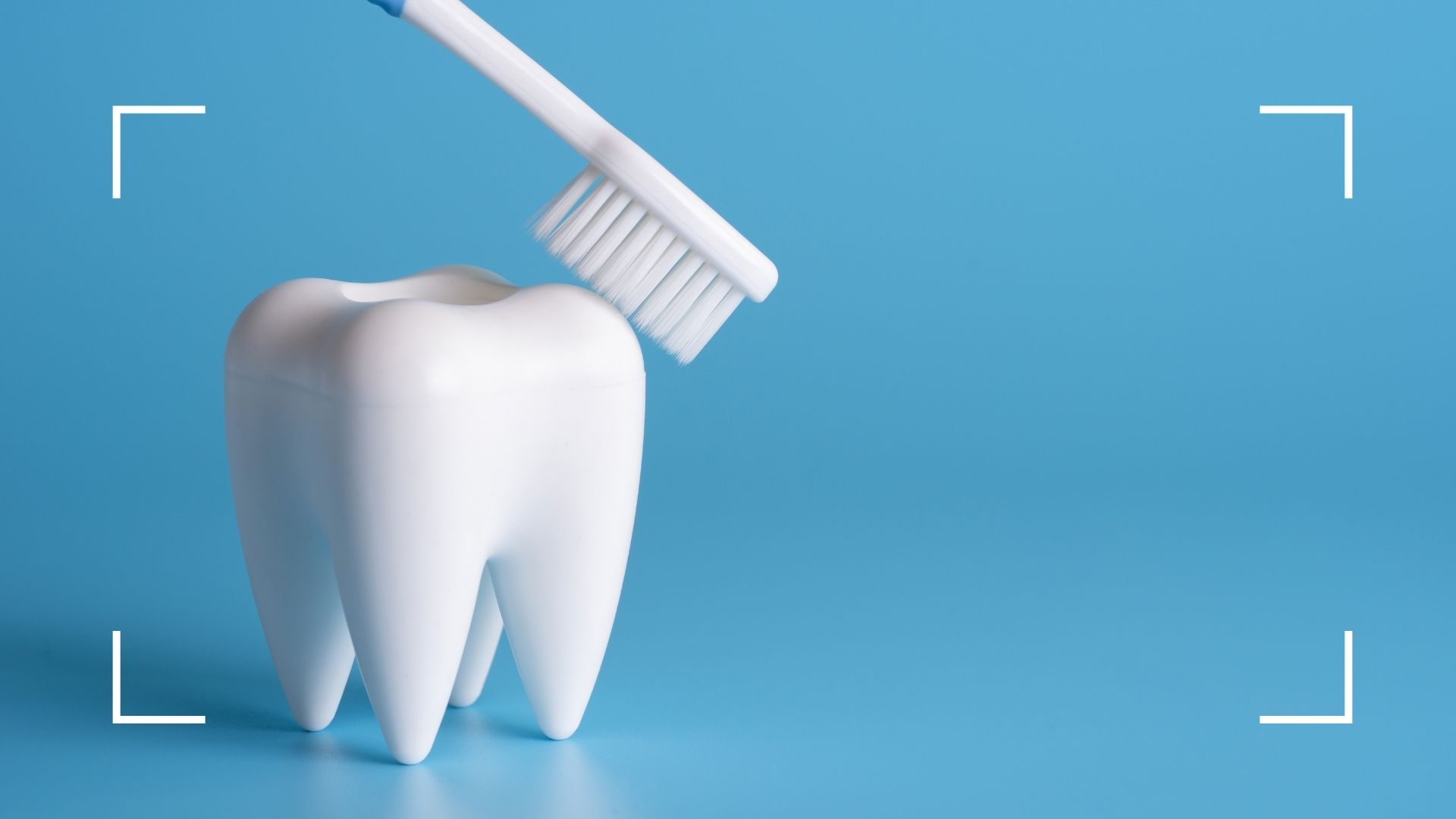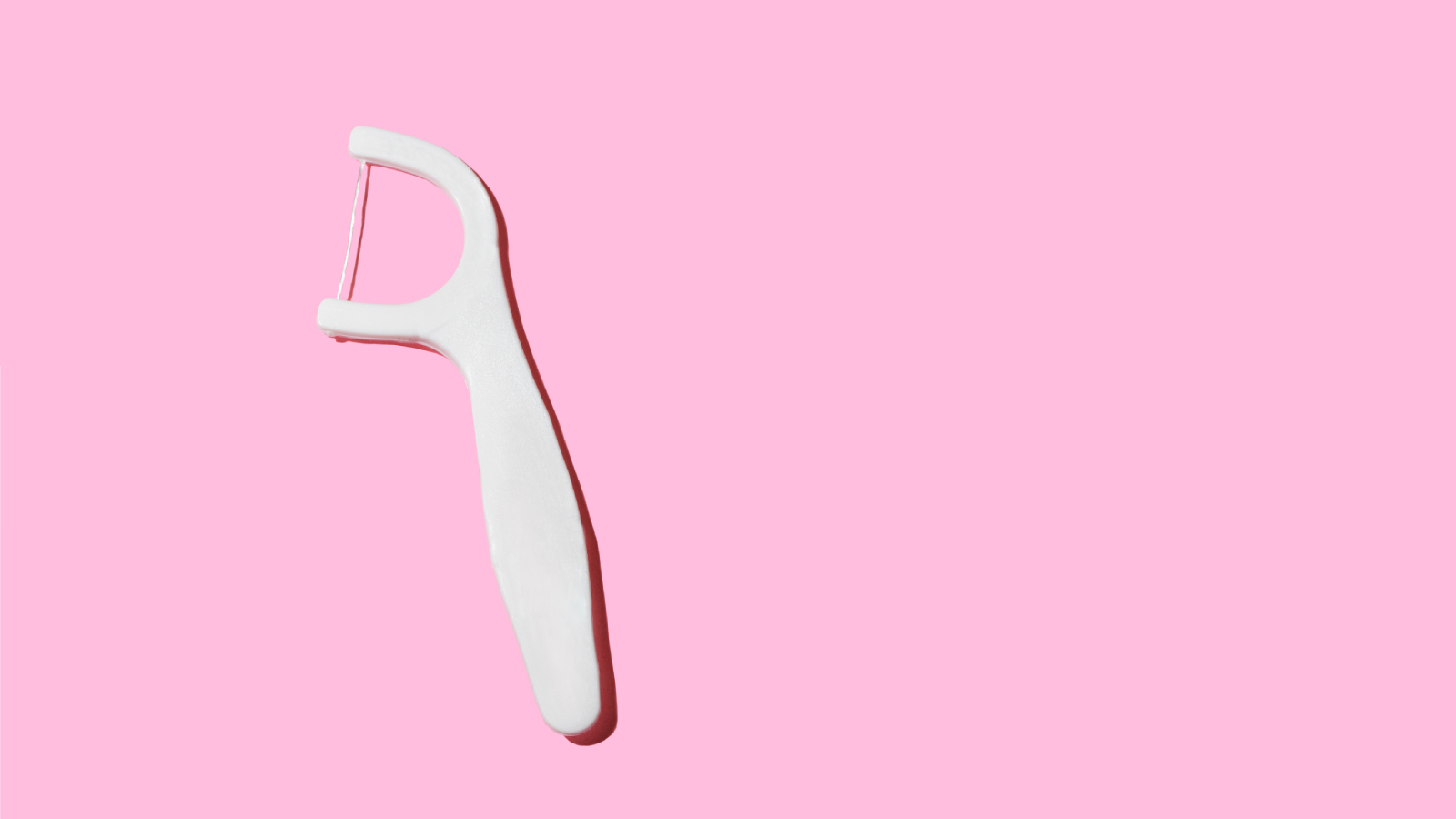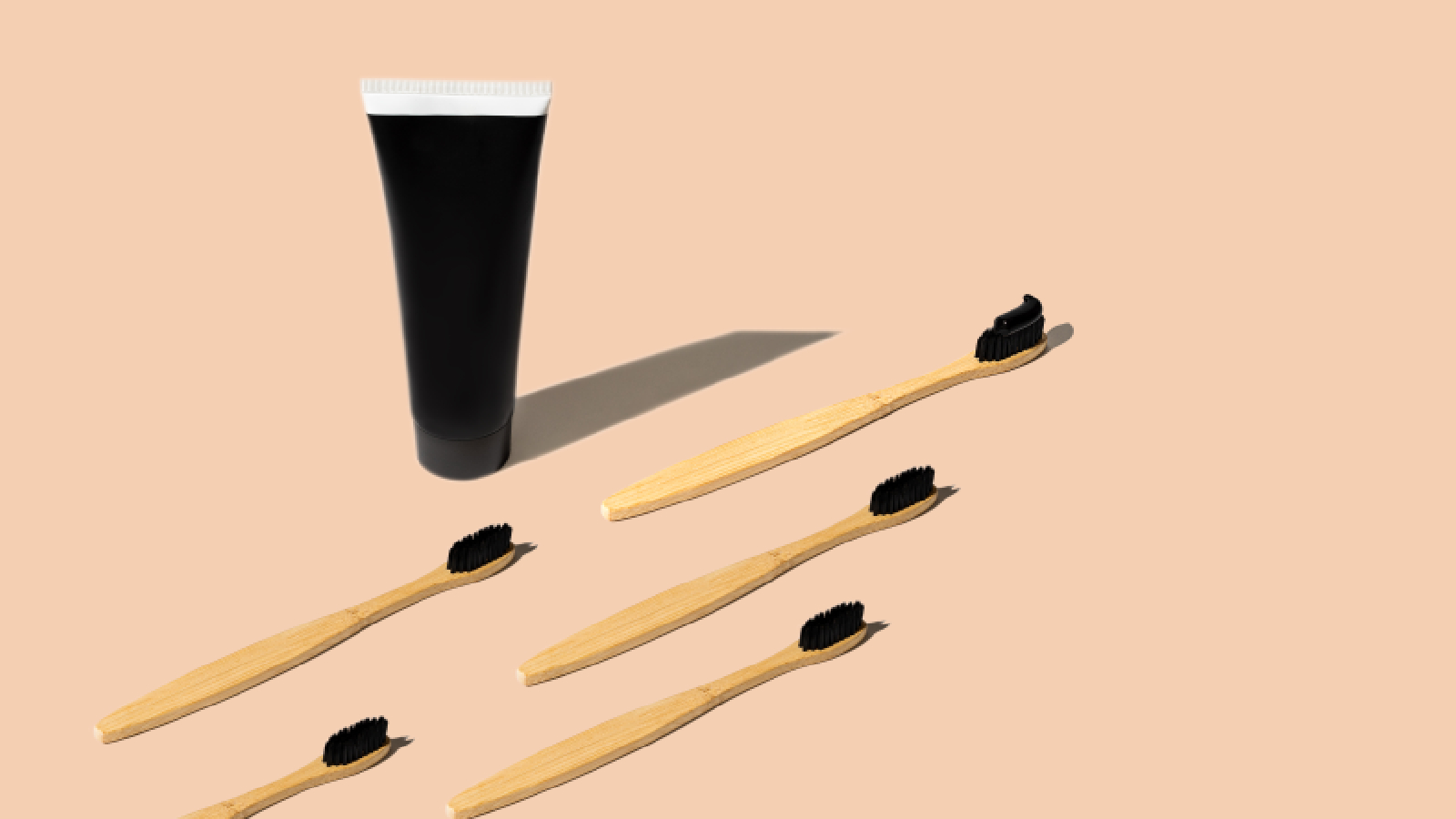5 ways to prevent yellow teeth—and what to do about yellow stains if they do occur
Combat yellow teeth with our dentist-backed guide to improving your smile


Top of our wishlist for achieving a bright, healthy smile, is to avoid yellow teeth and keep our pearly whites in sparkling condition.
There are many factors that cause our teeth to darken in color over time—yellow teeth can appear not just because of our lifestyle, but due to the natural aging process and even our genetics, or not brushing regularly enough or using one of the best electric toothbrushes. But the good news is, there are ways you can brighten your smile and prevent yellow stains on teeth from appearing.
However, sometimes this isn’t as simple as forgoing red wine and coffee (and teeth whitening and coffee don't have to be enemies when it comes to dental care!) In some circumstances, the yellow teeth causes can be influenced by tooth trauma, enamel erosion, or receding gums, and illness. To find out more, we enlisted the help of our oral health experts to determine what causes yellow teeth and how we can put an action plan in place to prevent stains from happening.
What causes yellow teeth?
"There are three common causes of teeth yellowing," explains Dr Edmond Hewlett, Professor of the Section of Restorative Dentistry at the UCLA School of Dentistry. "Causes that might not be as common, but can still affect the appearance and/or health of our teeth, can include illness, medication, and sometimes genetics."
1. Stain buildup
Many products we consume contain chemicals called chromogens, which can stain the outer surface of the teeth. "Foods that contain this chemical include coffee, wine, tea, and cola, and these are often the culprit behind gradual staining," says dental expert Dr Kevin Gracias from Brushd. "Smoking also stains the outer surface of our teeth."
2. Enamel erosion
"The second is the erosion of enamel by acidic beverages or food," says Dr Hewlett. "This is where the outer tooth enamel gets thinner and the internal yellowish tooth layer becomes more visible."
Enamel erosion (where the acids wear away the enamel on teeth is often inevitable), but our eating habits can often make it worse. Soft drinks, sugar, and sometimes fruit juices can all cause the enamel to erode, but sometimes teeth grinding, tooth trauma, and continual use of certain medications, such as tetracycline, can damage it as well.
Sign up for the woman&home newsletter
Sign up to our free daily email for the latest royal and entertainment news, interesting opinion, expert advice on styling and beauty trends, and no-nonsense guides to the health and wellness questions you want answered.
3. Age
It's also worth knowing that age takes its toll on our oral health, just as it does with our skin and hair. "With the natural aging process, tooth enamel can become more translucent, which also allows the underlying yellow layer to show through," says Dr Hewlett. This yellow layer below the tooth is called dentin and as our teeth change and repair themselves over time, it can become darker. The color of dentin can not be changed.
4. Genetics
We all know that eye and hair color are passed down through generations, but did you know that our genetics can also influence our oral health? White isn't actually the default setting for our teeth. There are many different shades that look naturally lighter or darker because of our genetic makeup and some people have teeth that may even look gray, blue, or browner than others.
Wondering why your teeth are turning brown? Genetics could be playing a role here when it comes to any darkening tooth colour.
5. Deteriorated dental work
"Old tooth-colored fillings that have discolored over time can also be mistaken for discoloration of the actual teeth," says Dr Hewlett. If this is the case, you can often see a dark line under a failing restoration that looks a bit like a halo.
"With a thorough examination, a dentist can determine the cause of yellowing and recommend the best teeth brightening options for the specific cause."
6. Illness
Much like our hair, nails, and skin, our teeth often reflect our health. Eating disorders such as bulimia can discolor our teeth and erode the enamel, impacting the dentin underneath. Chemotherapy and radiation can also cause discoloration.
5 ways to prevent your teeth from turning yellow

Of course, yellow stains on teeth can be prevented if you're mindful of some of your lifestyle habits. Here are five simple ways you can help avoid discoloration:
- Use enamel protecting toothpaste—use a toothpaste designed to fight acid erosion twice a day. "I recommend Regenerate toothpaste," says Anna Middleton, dental hygienist and founder of London Hygienist.
- Brush and floss regularly—"You should brush your teeth every morning and evening to ensure that plaque and decay are not able to form," says Dr Solanki. "Don't forget to floss between your teeth to remove plaque or stuck particles of food after brushing, either in the morning or the evening. Every few hours throughout the day, use mouthwash to keep your breath smelling fresh and your mouth clean."
- Swap fizzy drinks for water— "Tooth decay is primarily caused by poor food and beverage choices - particularly those with high levels of sugar such as fizzy drinks," says Anna. “Every time you eat and drink, your teeth are under attack from sugars and acids. When these mix with plaque and bacteria in your mouth, it changes the pH levels and over time can erode the enamel (the hard-outer layer of the tooth), ultimately causing tooth decay and cavities."
- Chew on gum—"Sugar-free gum and mints increase salivary flow, which can neutralize plaque acids, help remove food debris, strengthen teeth and reduce dry mouth," says Anna. "Opt for products with xylitol as an ingredient, which can help fight tooth decay."
- Replace dark food and drink—Swapping your evening glass of red wine for white, choosing herbal tea instead of coffee, and stopping smoking can all help to alter the appearance of your teeth and help you whiten teeth naturally. “Generally, teeth yellowing is a result of external factors like foods that stain, or smoking,” says Dr Gracias. "If you still want to consume darker drinks like red wine or coffee, then opt for a straw instead to help reduce the amount of acidity passing through your mouth."
How to get rid of yellow teeth

1. Opt for professional whitening
Can't remember when you last visited the dentist for a check-up? Then it could be time to book one in. If you haven't been to a hygienist for a while, you may simply benefit from a professional clean to remove staining and deposits that have built up. "A professional cleaning at a dentist’s office will remove all stain buildup on the outer tooth surfaces," says Dr Hewlett.
"If further brightening is desired, teeth whitening with a peroxide-releasing product made specifically for this use is a safe and effective way to brighten yellowed teeth when used properly." Other treatments such Airflow—a combination of warm water, air, and fine powder to clean the teeth, can also be an option for removing tricky surface stains. "A dentist can advise regarding product selection and use and provide custom-fitted trays for applying the product for best results."
2. Brush with an electric toothbrush
Studies show that electric toothbrushes are far more effective at removing surface stains than manual brushes, so it could be time to trade yours in. Brands such as Oral-B have smart toothbrushes (check out our guide to the best Oral-B electric toothbrushes to find out more) with brush modes that can help you whiten your teeth.
3. Consider cosmetic dental work
"Old, discolored fillings be replaced with new brighter ones to match the whitened teeth," says Dr Hewlett. "Teeth whitening can be effective to treat yellowing due to aged translucent enamel, however, erosion-damaged teeth may require restoration of the lost enamel on the teeth surfaces. Veneers, which are thin, custom-made porcelain coverings bonded to the teeth, are commonly used in such cases and can produce dramatic improvement in tooth color and the overall appearance of a smile."
4. Brush with a whitening toothpaste
"Whitening toothpastes aren't designed to give the same, immediate effect as a cosmetic teeth whitening treatment," says Dr Kailesh Solanki, a dentist for Dental Phobia. "They're simply not as strong to adhere with medical and government guidelines. What they will do over a few weeks, is help to remove any light surface staining left behind from the likes of black tea, red wine, coffee or smoking."
Try to opt for well-known, dentist-approved brands, such as Oral-B, Spotlight and Sensodyne if you're looking for a whitening toothpaste to help with yellow teeth. Whitening your teeth at home with baking soda solutions and at-home-whitening kits, can also be a budget-friendly option if you want to try and reduce the appearance of yellow teeth.
woman&home thanks Dr. Edmond Hewlett, Professor of the Section of Restorative Dentistry at the UCLA School of Dentistry, Dr Kevin Gracias from Brushd, Anna Middleton, dental hygienist and founder of London Hygienist and Dr Kailesh Solanki, a dentist for Dental Phobia.
With five years of experience working across print and digital publications, Stacey is a journalist who specializes in writing about the latest developments in health and wellbeing. She has also previously written for Women’s Health, Get The Gloss, Fit & Well, Stylist, and Natural Health magazine, covering current health trends and interviewing leading figures in the wellness space.
When she’s not talking to health experts, you can probably find her hiking somewhere in the Welsh countryside or near the coast. Her favorite two ways to switch off are a Pilates class and a glass of wine with a home-cooked meal.
-
 Need spring style inspiration? Jennifer Aniston proves a shirt dress is the most versatile item you can invest in
Need spring style inspiration? Jennifer Aniston proves a shirt dress is the most versatile item you can invest inIf you only buy one piece this weekend, make it a shirt dress
By Matilda Stanley Published
-
 Celebrities you never knew got their start as models, from Angelina Jolie's 'terrible' experience to A-listers who started as pageant queens
Celebrities you never knew got their start as models, from Angelina Jolie's 'terrible' experience to A-listers who started as pageant queensWhether it was just for a short time or it's how they got discovered for something else, these stars owe it all to striking a pose
By Jack Slater Published